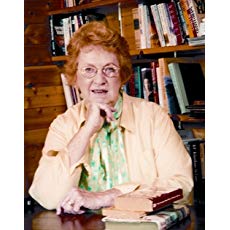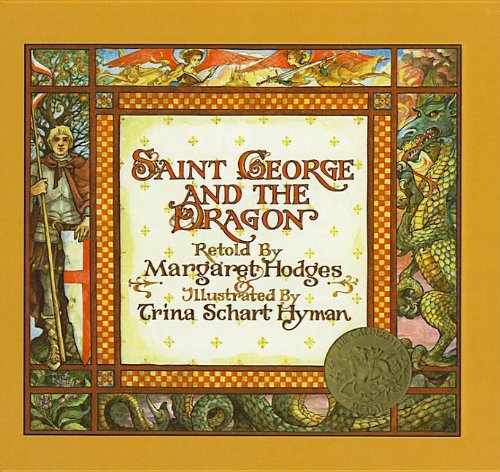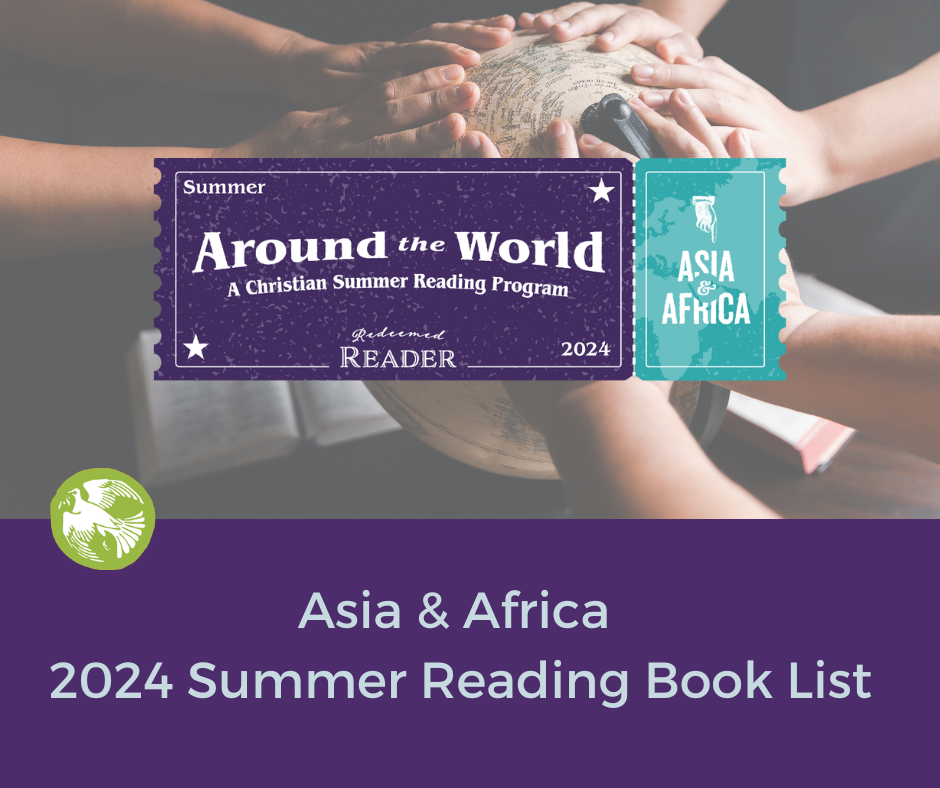Editor’s Note: We kick off the New Year, and Month #5 of our Honey for a Child’s Heart Read-along, with one of the most popular and venerable genres in children’s books.
George the Dragon-Slayer
Originally published on the Tumblon website May 19, 2009
“A serious attack on the fairy tale as children’s literature comes from those who do not wish children to be frightened,” writes C.S. Lewis in an essay entitled, Three Ways of Writing for Children.

Those who say that children must not be frightened mean two things. First, they mean that we must not do anything likely to give the child haunting and disabling fears, and secondly, they want to keep out of their minds that they are born into a world of death, violence, wounds, adventure, heroism and cowardice, good and evil. C.S. Lewis says he agrees with the first reason, but not the second.
He goes on to comment that “since it is so likely that they will meet cruel enemies, let them at least have heard of brave knights and heroic courage. By confining your child to blameless stories of child life in which nothing at all alarming ever happens, you would fail to banish the terrors, but would succeed in banishing all that can ennoble them or make them endurable.”
“It would be nice,” he continues, “if no little boy in bed hearing, or thinking he hears, a sound were ever at all frightened. But if he is going to be frightened, I think it better that he should think of giants and dragons than merely of burglars. And I think St. George, or any bright champion in armor, is a better comfort than the idea of the police.”

I love the whimsy of that last sentence about St. George, the dragon-slayer– both quintessentially British, and true. It may be hard to find, but make an effort to acquaint your children with St. George and the Dragon by Margaret Hodges and illustrated by wonderful Tina Schart Hyman to see the best of this tale. (1987 Caldecott Award) It is a successful adaptation from Spenser’s Faierie Queen. It begins “In the days when monsters and giants and fairy folk lived in England, a noble knight was riding across the plain…” The illustrations are exquisite and make the story come alive. It’s a keeper, if you can find one to buy.
Bruno Bettelheim, a well-known child psychologist, also contends that fairy tales provide children with an invaluable education in good and evil. He believes that all children have a rich supply of personal fantasies filled with fears and anxieties and that fairy tales reassure them and offer solutions. Happy endings tell them that solutions and hope are real and model the kind of happy life children want to find.
A good fantasy suggests rather than dictates possible answers to life. The word fantasy comes from Greek and literally translates as making visible. I am convinced that reading fantasy quickens the ability to extract and transfer ideas from allegory to reality. It’s what good literature does—it makes life larger.
© Gladys M. Hunt 2008-10, reissued in 2022 with minor adjustments with permission of the Executor of the Literary Estate of Gladys M. Hunt (4194 Hilton SE, Lowell, MI 49331). Used by permission. All rights reserved.
Also at Redeemed Reader:
- Don’t miss our mega fantasy and sci-fi booklist, Here Be Dragons!
We are participants in the Amazon LLC affiliate program; purchases you make through affiliate links like the one below may earn us a commission. Read more here.
Stay Up to Date!
Get the information you need to make wise choices about books for your children and teens.
Our weekly newsletter includes our latest reviews, related links from around the web, a featured book list, book trivia, and more. We never sell your information. You may unsubscribe at any time.
Support our writers and help keep Redeemed Reader ad-free by joining the Redeemed Reader Fellowship.
Stay Up to Date!
Get the information you need to make wise choices about books for your children and teens.
Our weekly newsletter includes our latest reviews, related links from around the web, a featured book list, book trivia, and more. We never sell your information. You may unsubscribe at any time.
We'd love to hear from you!
Our comments are now limited to our members (both Silver and Golden Key). Members, you just need to log in with your normal log-in credentials!
Not a member yet? You can join the Silver Key ($2.99/month) for a free 2-week trial. Cancel at any time. Find out more about membership here.
1 Comments
Leave a Comment
You must be logged in to post a comment.




This was a wonderful post! Some of my favorite stories are fantasy ones. I have a particular love for Lewis’s The Chronicles of Narnia, Madeleine L’Engle’s A Wrinkle in TIme and other books, and The Princess and the Goblins, by George MacDonald. More recently, I have enjoyed Moonscript, by H. S.J. Williams, and The Patron Thief of Bread, by Lindsay Eagar.
i remember taking a Folktale and Fairy Tale class in college. Our textbook was The Uses of Enchantment, by Bruno Bettelheim. While I don’t agree with all his ideas, I learned a lot from that class and have never forgotten it.
Fantasy stories take you on glorious adventures and impart incredible wisdom.
Meredith Leigh BUrton, author of Song of the Sea.